10 Unexpected Facts About the History and Science of Baking Bread
Bread, a staple in many cultures, is much more than just a food item; it is a symbol of sustenance, tradition, and community. The art of baking bread has been passed down through generations, each loaf carrying the weight of history and the promise of nourishment. This article invites you to explore the fascinating world of bread baking through 10 hidden historical and scientific gems. From ancient techniques to modern scientific advancements, each section will uncover a unique aspect of bread's journey through time. As we dive into this exploration, you'll discover how bread has shaped societies, influenced economies, and inspired culinary innovation. Whether you're a seasoned baker or a curious novice, these insights will deepen your appreciation for the humble loaf and its profound impact on our world.
1. The Ancient Origins of Bread Baking
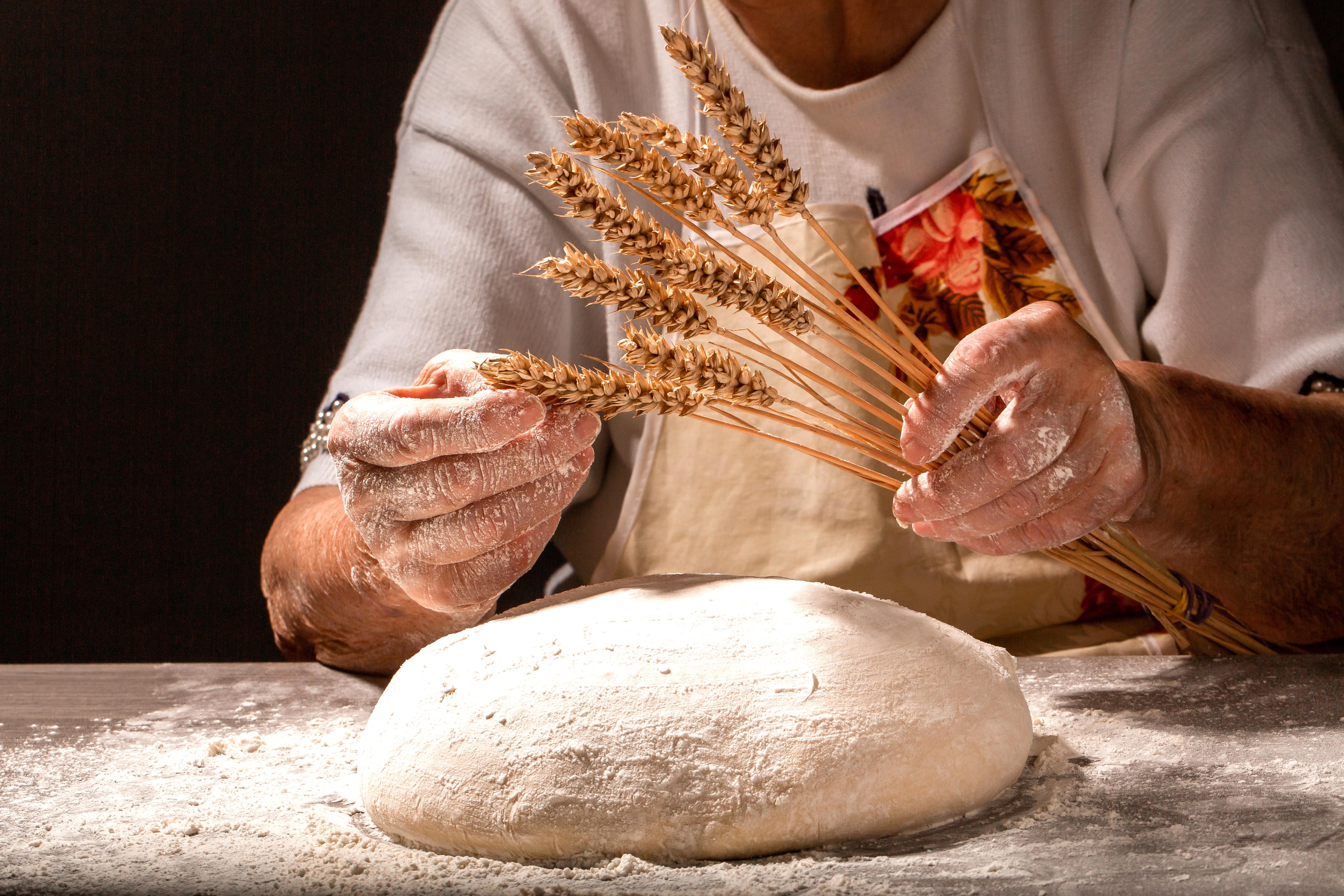
Bread's story begins thousands of years ago, with the earliest evidence of bread-making dating back to around 14,000 years ago in what is now Jordan. Archaeologists discovered charred crumbs at a Natufian site, suggesting that these ancient people were already experimenting with wild grains long before the advent of agriculture. This discovery challenges the conventional timeline, indicating that bread may have been a catalyst for the development of farming, rather than a byproduct. As societies transitioned from hunter-gatherer lifestyles to settled agricultural communities, bread became a staple food, central to daily life and rituals. The evolution of bread-making techniques reflects the ingenuity and adaptability of our ancestors, who harnessed the power of fermentation and heat to transform simple ingredients into a nourishing product.
2. The Role of Bread in Ancient Civilizations
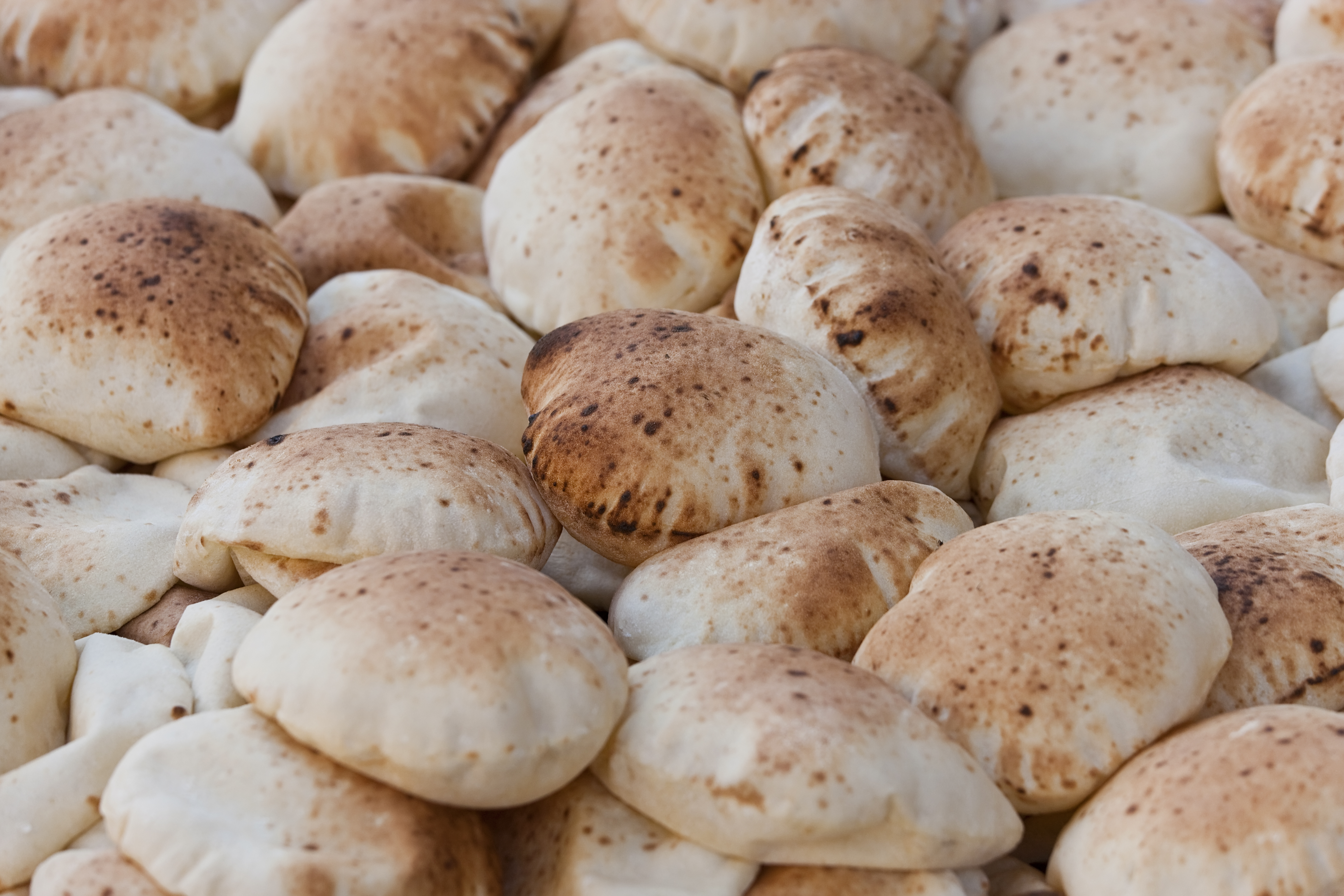
In ancient Egypt, bread was not only a dietary staple but also a form of currency and a symbol of prosperity. The Egyptians were among the first to perfect the art of leavened bread, using natural yeasts from the environment to create airy, flavorful loaves. Bread was so integral to Egyptian society that it was often included in tombs as an offering for the afterlife. Similarly, in ancient Rome, bread was a crucial part of the diet, with bakeries becoming a common sight in urban areas. The Romans even established a guild for bakers, recognizing the importance of this craft. Bread's prominence in these early civilizations underscores its role as a unifier, bringing people together around the shared experience of baking and breaking bread.
3. The Medieval Bread Revolution
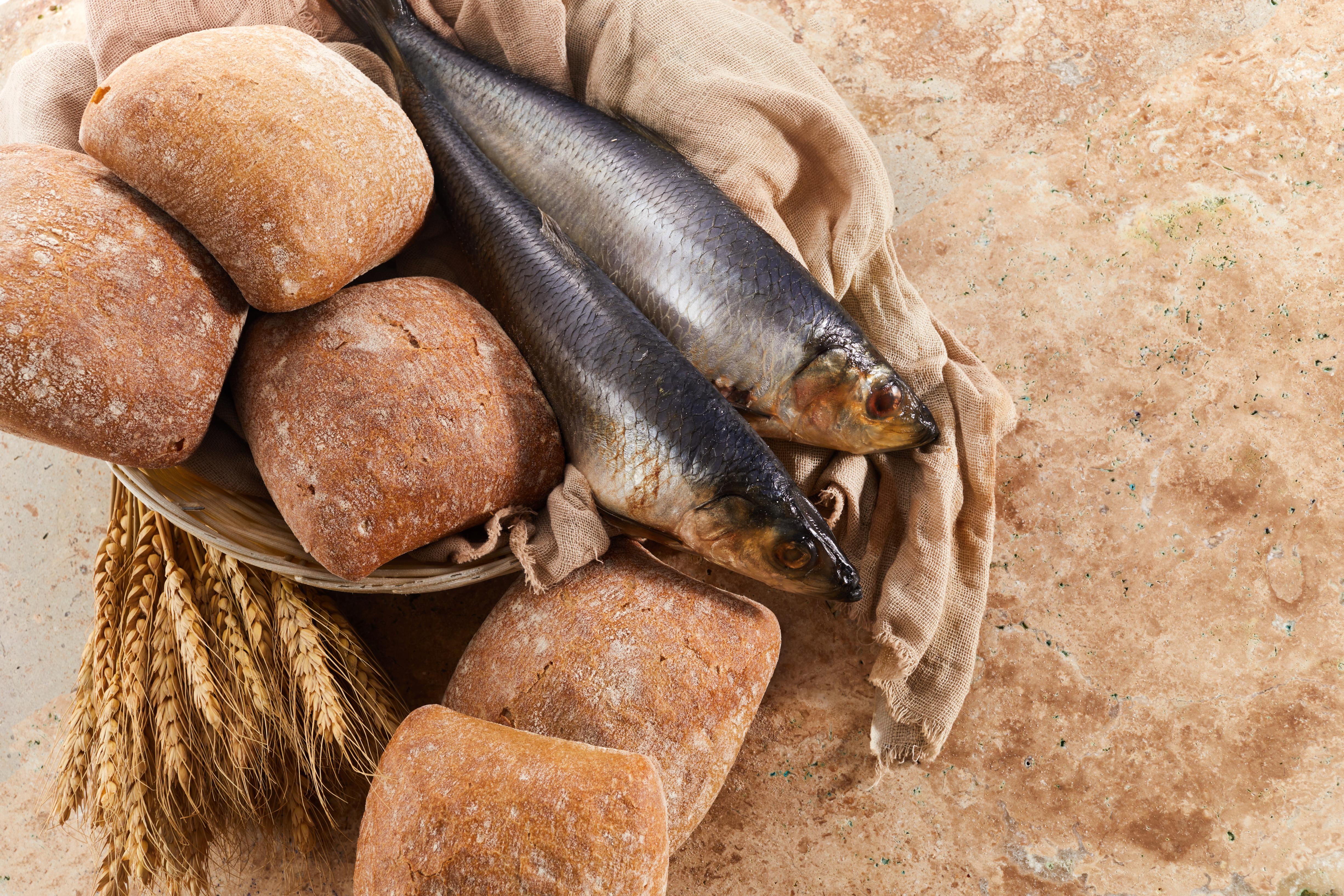
The medieval period saw significant advancements in bread-making, driven by innovations in milling and baking techniques. The introduction of wind and water mills revolutionized grain processing, allowing for finer, more consistent flour. This period also saw the rise of communal ovens, where villagers would gather to bake their loaves, fostering a sense of community and shared responsibility. Bread became a reflection of social status, with white bread reserved for the wealthy and coarse, dark bread for the lower classes. The medieval era also witnessed the emergence of sourdough, a method that relied on naturally occurring lactobacilli and wild yeasts to leaven dough. This technique, which imparts a distinctive tangy flavor, remains popular today and is celebrated for its artisanal quality.
4. The Science of Fermentation in Bread Baking

Fermentation is a key process in bread making, transforming dough into a light, flavorful loaf. This process is driven by yeast, a single-celled organism that consumes sugars and produces carbon dioxide and alcohol as byproducts. The carbon dioxide creates bubbles in the dough, causing it to rise and develop a soft, airy texture. Fermentation also enhances the bread's flavor, as the yeast and bacteria break down complex carbohydrates into simpler compounds. The type of yeast used, the fermentation time, and the temperature all influence the final product, allowing bakers to experiment and refine their techniques. Understanding the science of fermentation not only improves the quality of the bread but also connects modern bakers to ancient practices that have stood the test of time.
5. The Cultural Significance of Bread
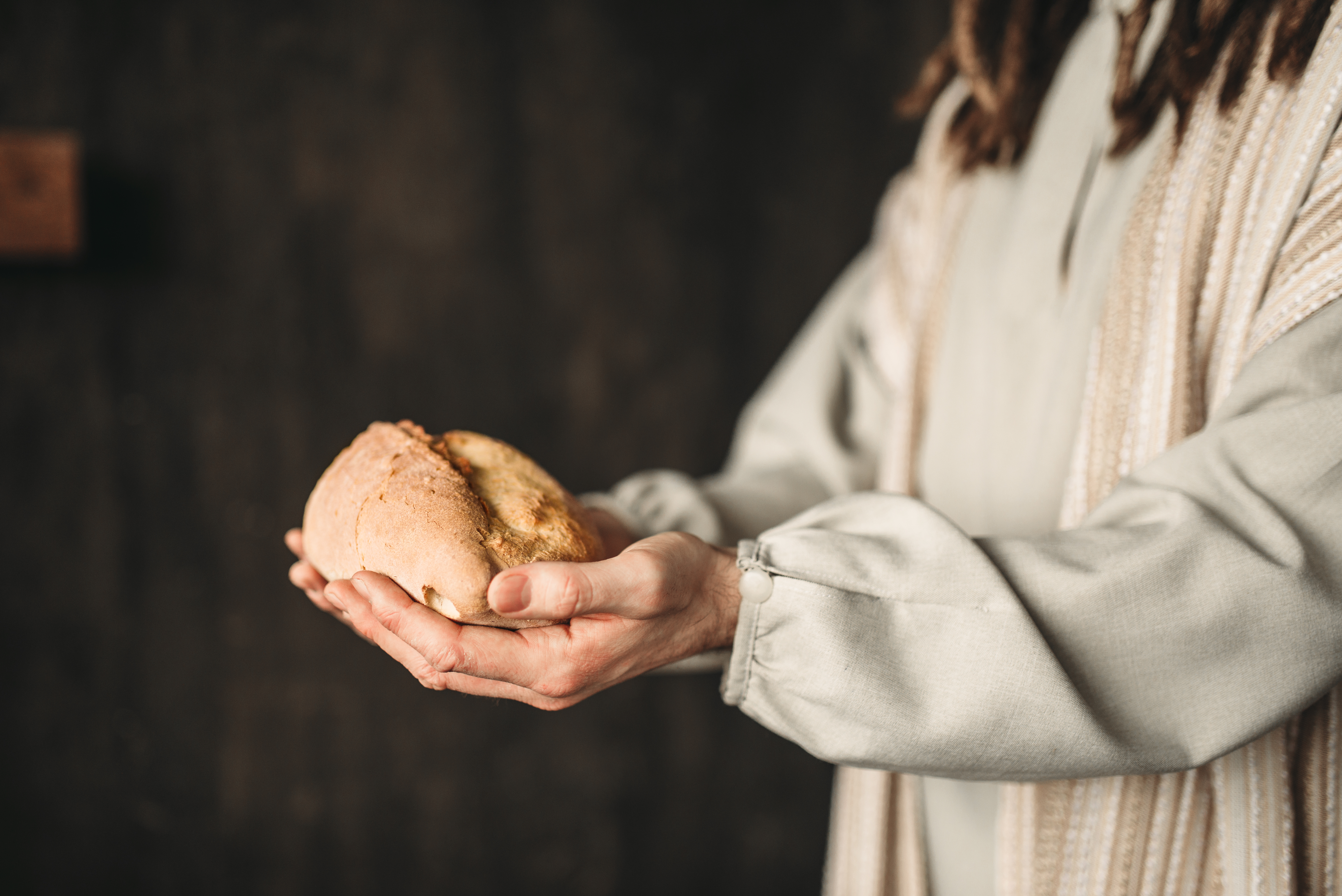
Bread holds a special place in many cultures, often serving as a symbol of hospitality, unity, and life. In Christianity, bread is a central element of the Eucharist, representing the body of Christ. In Judaism, challah bread is an essential part of the Sabbath meal, braided to signify unity and continuity. In many Middle Eastern cultures, bread is considered sacred, with traditions dictating that any fallen crumbs must be kissed and returned to the table. These cultural practices highlight bread's role as more than just sustenance; it is a powerful symbol of community and shared values. By exploring the cultural significance of bread, we gain insight into the diverse ways it has shaped human identity and social structures.
6. The Industrialization of Bread Production
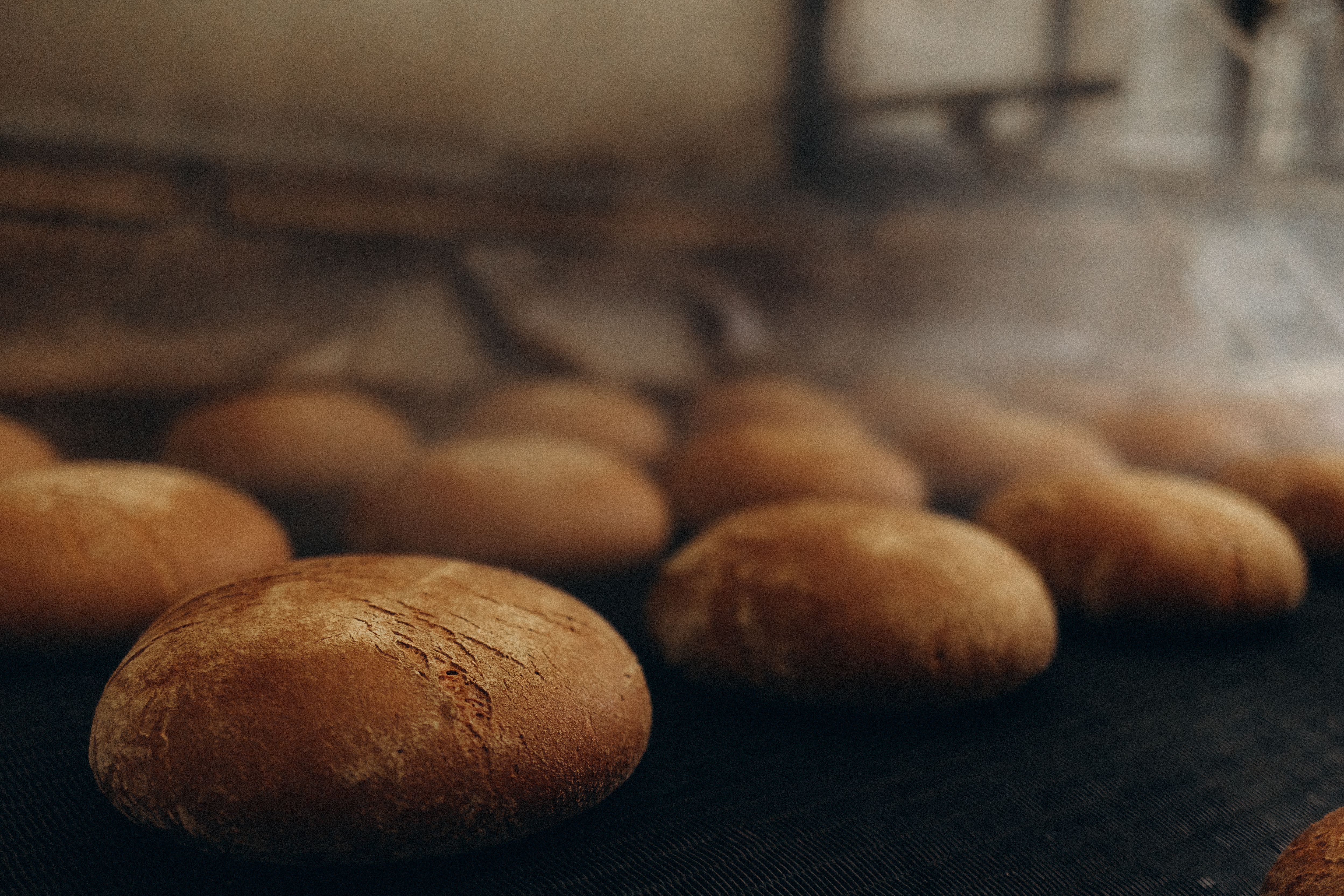
The Industrial Revolution brought about significant changes in bread production, with the introduction of machinery and large-scale baking operations. The invention of the roller mill in the 19th century allowed for the mass production of white flour, which quickly became a symbol of modernity and progress. This shift had profound implications for bread quality and consumer preferences, as white bread became associated with purity and refinement. However, the industrialization of bread also led to the loss of traditional techniques and flavors, as speed and efficiency took precedence over artisanal craftsmanship. The rise of commercial yeast further accelerated production, but at the cost of the complex flavors and textures achieved through natural fermentation. This period marked a turning point in the history of bread, as it became both a commodity and a cultural touchstone.
7. The Nutritional Science of Bread

Bread is often criticized for its carbohydrate content, but it remains an important source of nutrients for many people worldwide. Whole grain bread, in particular, offers a range of health benefits, including dietary fiber, vitamins, and minerals. The process of fermentation can also enhance the nutritional profile of bread, as it increases the bioavailability of certain nutrients and reduces the levels of antinutrients like phytic acid. Additionally, sourdough fermentation has been shown to lower the glycemic index of bread, making it a better option for those managing blood sugar levels. Understanding the nutritional science of bread allows consumers to make informed choices about the types of bread they consume and highlights the potential health benefits of traditional baking methods.
8. The Art of Artisan Bread Making

In recent years, there has been a resurgence of interest in artisan bread making, as consumers seek out high-quality, flavorful loaves made with traditional techniques. Artisan bakers prioritize quality over quantity, often using locally sourced ingredients and natural fermentation methods to create unique products. This approach emphasizes the importance of time and attention to detail, as bread is allowed to ferment slowly, developing complex flavors and textures. Artisan bread making is both an art and a science, requiring skill, patience, and a deep understanding of the ingredients and processes involved. This revival of traditional methods reflects a growing appreciation for the craftsmanship and care that goes into each loaf, as well as a desire to reconnect with the rich history of bread baking.
9. The Global Influence of Bread
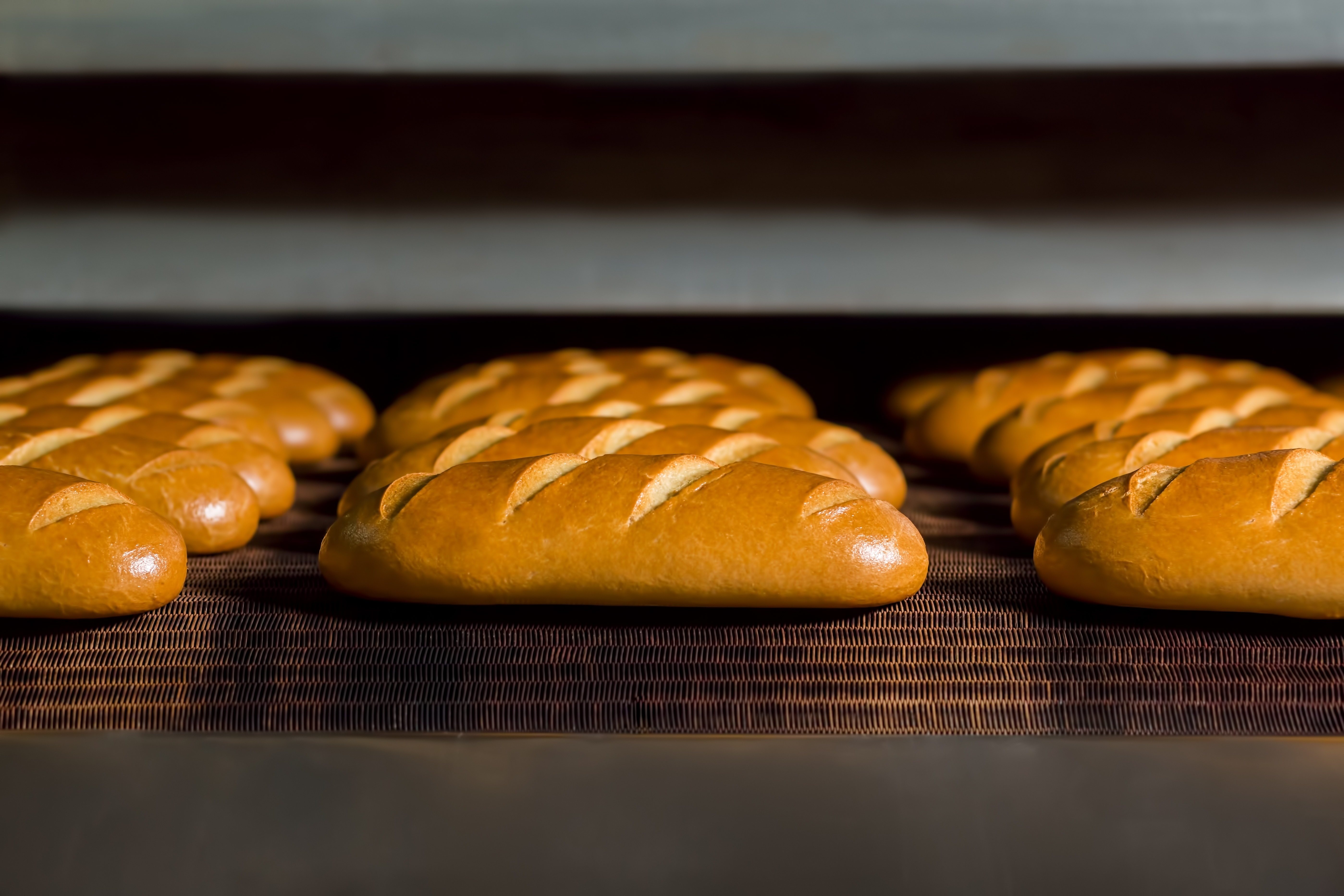
Bread's influence extends far beyond its nutritional value, as it has played a significant role in shaping global economies and trade. The demand for wheat and other grains has driven agricultural development and international trade for centuries, with bread serving as a staple food in many regions. The global spread of bread-making techniques has also led to a rich diversity of bread types, from French baguettes to Indian naan and Mexican tortillas. These variations reflect the adaptability and creativity of different cultures, as they have incorporated local ingredients and flavors into their bread-making traditions. The global influence of bread underscores its role as a unifying force, bringing people together across cultures and continents through the shared experience of baking and breaking bread.
10. The Future of Bread Baking

As we look to the future, the world of bread baking continues to evolve, driven by technological advancements and changing consumer preferences. Innovations in baking technology, such as 3D printing and automated baking systems, offer new possibilities for bread production, while also raising questions about the preservation of traditional techniques. The growing interest in sustainable and ethical food practices is also influencing the bread industry, with an emphasis on organic ingredients, local sourcing, and environmentally friendly production methods. As bakers continue to experiment and innovate, the future of bread baking promises to be as dynamic and diverse as its past, offering endless opportunities for creativity and exploration.
Bread has been a fundamental part of human history, shaping societies, economies, and cultures for thousands of years. Its journey from ancient grains to modern loaves is a testament to the ingenuity and adaptability of our ancestors, as well as the enduring power of this humble food. By exploring the hidden historical and scientific gems of bread baking, we gain a deeper appreciation for the art and science behind each loaf, as well as the cultural significance that has made bread a universal symbol of sustenance and community. As we continue to bake and break bread together, we honor the rich legacy of this timeless tradition and its profound impact on our world.







